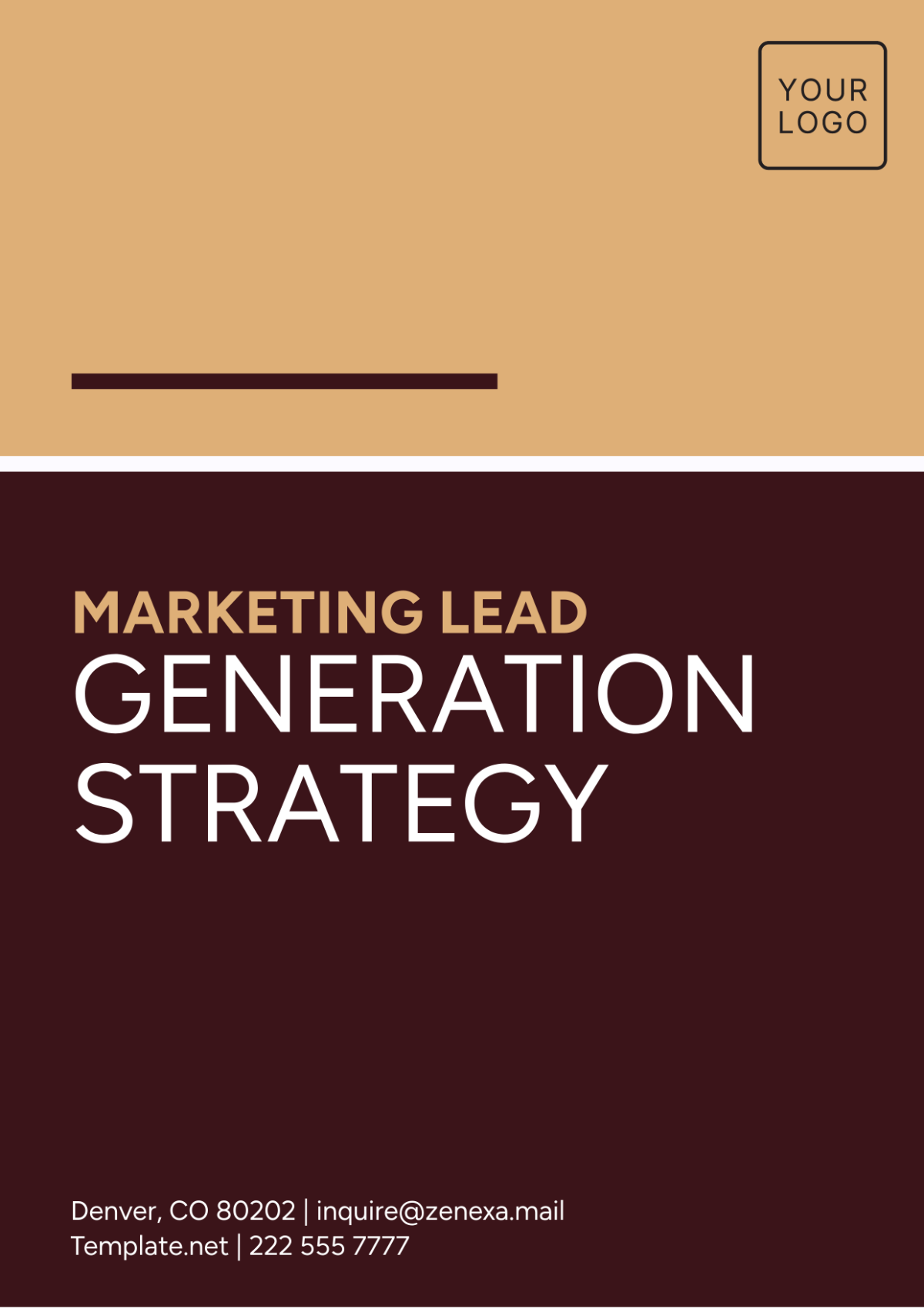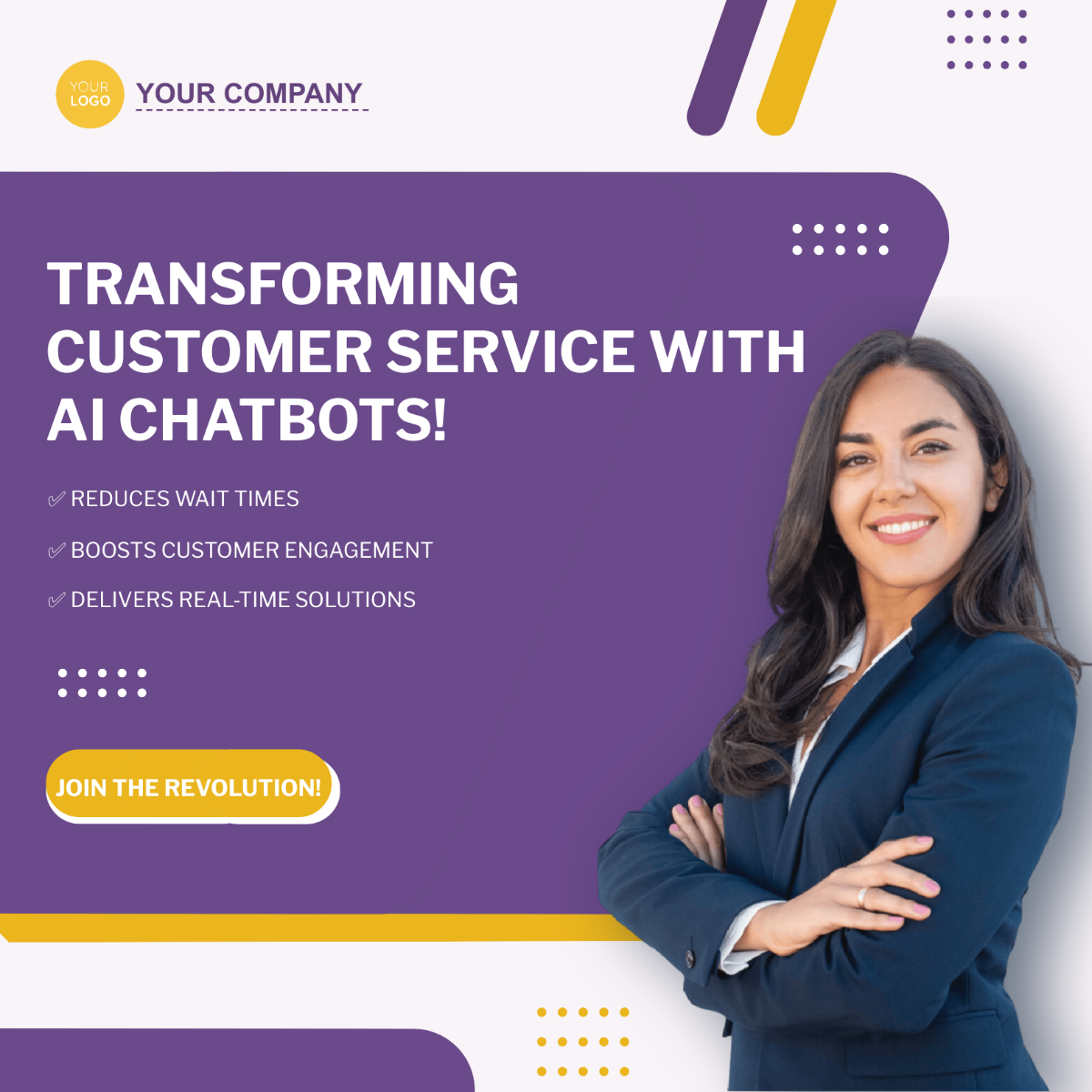Marketing Content Strategy Case Study
Introduction
[Your Company Name] is a leading business company that specializes in providing comprehensive business solutions. As we entered the era of hyper-digitalization post-2050, the intersection of technology and consumer behavior underwent a dramatic shift. Recognizing that the digital landscape was no longer what it once was, we sought to understand and adapt to these new terrains. The necessity was clear: engage the evolved audience or risk becoming obsolete in a rapidly changing business ecosystem.
The Changing Digital Landscape
By 2050, the way consumers interacted with content had evolved considerably. Virtual Reality (VR) and Augmented Reality (AR) became mainstream, holographic interfaces were introduced, and AI-driven personalized content consumption became the norm. The traditional ways of content delivery, such as static web pages and 2D videos, no longer held the same appeal. This presented both a challenge and an opportunity for businesses. Those who could harness the new technologies and adapt their content strategies accordingly stood to gain a significant competitive edge.
In this context, this case study delves into how [Your Company Name] transformed its marketing content strategy in 2051, navigating through these technological advancements and its subsequent impact on audience engagement and lead conversions.
Situation
In 2050, [Your Company Name]'s digital performance was in a noticeable decline. The standard content mediums they'd relied on for years were no longer generating the desired levels of engagement. While the world was moving forward with innovative content delivery systems and novel user experiences, the company seemed to be lagging, relying on outdated methods that no longer resonated with their audience.
Furthermore, the emergence of new-age competitors who had adeptly harnessed next-gen technologies like VR, AR, and AI-driven interfaces was threatening [Your Company Name]'s market position. The fading online engagement wasn't just a metric on a dashboard—it was a stark reflection of the company's slipping grip on the evolving digital consumer base.
Online Engagement Metrics (2050):
Moreover, feedback from customer segments hinted at a growing discontent with the static nature of the content. Consumers craved interactive, immersive experiences and insights that spoke directly to their needs. In light of these feedbacks and the evident data, it was crucial for [Your Company Name] to reassess its content approach to salvage its online reputation and re-establish its brand prominence.
Task
The declining engagement metrics were not just a wake-up call but a clarion alarm signaling a pivotal moment in the company's digital journey. A comprehensive overhaul of their content strategy was not merely a desire; it had become an urgent imperative. The core objectives were clear:
Relevance: The content needed to resonate deeply with the target audience, reflecting their evolving preferences and addressing their emerging pain points.
Engagement: The days of passive content consumption were behind. The new strategy had to ensure active user involvement, fostering a two-way dialogue rather than a one-way broadcast.
Innovation: Harnessing modern technological advancements was no longer optional. From VR and AR to AI-driven personalization, [Your Company Name] needed to be at the forefront of the digital content revolution.
Conversion: Beyond mere engagement, the ultimate goal was to translate digital traction into tangible business results—be it leads, sales, or long-term brand loyalty.
To address these objectives, we sought to devise a content strategy that would not only revamp its current digital presence but also position the company as a trailblazer in innovative content delivery for years to come.
Action
To tackle the challenges head-on and meet the objectives set out in the Task phase, [Your Company Name] initiated a bold and comprehensive overhaul of its content strategy. Here's a deep dive into the actions undertaken:
Data-Driven Audience Insights
Before making any changes, the team embarked on a rigorous data mining exercise. They analyzed user behavior, engagement patterns, and feedback to derive actionable insights. This ensured that every content piece was not based on mere assumptions but was tailored to meet specific audience needs.
Embracing Technological Advancements
Recognizing the demand for more immersive experiences, we invested in VR and AR tools to produce virtual tours, 3D product demos, and interactive simulations. They also integrated AI to personalize content delivery, ensuring that users received content aligned with their preferences and browsing history.
Interactive Content Initiatives
Beyond the technological integrations, the company made strides in making its content more engaging. Quizzes, polls, and gamified content modules were introduced. These not only entertained but also educated users about the company's offerings.
Value-Driven Thought Leadership
Rather than just promoting products, the company took a stand in its industry. They launched a series of webinars, podcasts, and long-form articles addressing industry trends, challenges, and innovations. This positioned the company not just as a service provider but as a thought leader.
Collaborative Content Creation
Partnering with influencers, industry experts, and even customers, we began co-creating content. This gave their content a fresh perspective, diversified voice, and greater authenticity.
Omnichannel Distribution Strategy
Understanding that consumers have varied platform preferences, the company diversified its content distribution. From social media snippets and email newsletters to collaborations with popular streaming platforms, content was made accessible wherever the audience was.
Content Distribution (2051):
CONTENT | FREQUENCY | PLATFORMS |
VR Product Demos | Bi-monthly | Website, VR Platforms |
Interactive Infographics | Monthly | Website, Social Media |
Quizzes and Polls | Bi-weekly | Website, Mobile App, Email |
Webinars and Podcasts | Quarterly | Website, Podcast, Streaming Services |
Co-created Articles | Monthly | Website, Partner Sites |
Results
By integrating cutting-edge technology, diversifying content, and putting the audience at the forefront of their strategy, the company achieved a remarkable turnaround in their digital engagement metrics by 2052.
Key Achievements:
Impressive Growth in Traffic: The incorporation of interactive and tech-driven content attracted a broader audience, marking a substantial 55% increase in website visitors by July 2052 compared to July 2050.
Enhanced Engagement: The average session duration, a testament to content quality and relevance, saw a growth of almost 60% from the lowest point in July 2050. The immersive experiences, especially the VR product demos and interactive quizzes, proved to be significant catalysts.
Surge in Conversions: Most notably, the revamped strategy had a direct and substantial impact on the bottom line. The lead conversion rate witnessed a growth of over 100% compared to the previous low in July 2050. The value-driven content, especially webinars and thought leadership articles, played a pivotal role in establishing trust and driving this conversion.
Strengthened Brand Loyalty: Beyond the tangible metrics, [Your Company Name] experienced a resurgence in brand loyalty. Customer feedback indicated a renewed appreciation for the company's innovative approach and commitment to providing quality, relevant content.
Analysis
The transformative results achieved by [Your Company Name] were not just a testament to a successful strategy overhaul but also provided invaluable insights into the evolving dynamics of digital content marketing. Here's a detailed analysis of the key takeaways and their broader implications:
The Power of Personalization
One of the pivotal reasons behind the resurgence of engagement and conversions was the company's focus on tailored content experiences. By leveraging AI and data analytics, we were able to deliver content that spoke directly to individual user needs and preferences. This not only enhanced user satisfaction but also significantly improved conversion rates. It underscored the notion that in the digital age, one-size-fits-all content approaches are outdated.
Immersive Experiences are the Future
The marked increase in session durations and engagement can be largely attributed to the introduction of VR and AR-based content. These tools, by providing a more tactile and immersive digital experience, are set to redefine how users interact with content. [Your Company Name]'s early adoption and effective integration positioned them as pioneers, offering a glimpse into the future trajectory of digital content.
Value Over Volume
The success of the thought leadership content showcased that it's not always about the quantity of content but its quality and relevance. By addressing industry trends and challenges, we have established itself as an authority, fostering trust and credibility. This trust translated directly into higher lead conversions and brand loyalty.
Diverse Platforms, Diverse Audiences
The omnichannel distribution strategy reinforced the importance of being where the audience is. By not limiting content to just the company website and diversifying across platforms, [Your Company Name] tapped into varied audience segments, each with its unique engagement patterns and preferences.
Collaboration Amplifies Reach
The co-created content pieces, developed in partnership with influencers and industry experts, amplified the company's reach and resonance. These pieces, by leveraging external expertise and audiences, infused fresh perspectives into the content and expanded its visibility.
Feedback Loop is Crucial
The company's decision to actively seek and incorporate user feedback into its content strategy underscored the importance of maintaining an active feedback loop. This iterative process of feedback and refinement was instrumental in keeping the content strategy agile and aligned with user expectations.
Conclusion
Re-evaluating and updating the content marketing strategy proved vital for [Your Company Name]'s online success. By leveraging audience preferences, exploring new content types, and expanding distribution channels, the company not only re-engaged its existing user base but also tapped into new audience segments.

















































